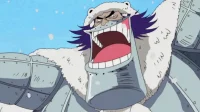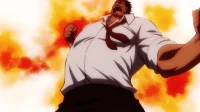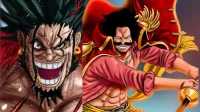One Piece and the Elbaf Mural: Myth, Symbolism, and Its Weight on the Final Saga
A Monument That Redefines the Future of One Piece
Elbaf Mural Symbolism: One Piece’s Final Revelation
In the massive narrative world of One Piece, only a handful of panels have ever captured the community’s attention as powerfully as the one unveiled in Chapter 1138: the enormous mural hidden in the depths of Elbaf. Far from being a simple illustration, this monumental artwork operates as a historical record, a prophecy, and a symbolic tapestry narrating the ancient past of the world—and foreshadowing what awaits in the final stretch of the story.
Now enhanced with its official colorization, the mural’s impact has grown even more intense. Bold contrasts sharpen the mythic imagery, the figures gain emotional weight, and every symbol radiates a sacred, almost divine significance. The artwork organizes everything Eiichiro Oda has scattered across more than two thousand chapters—fragments of lore, ancient legends, cryptic phrases, forgotten races, celestial beings, and untold wars. For the first time, the saga’s past, present, and future converge within a single image.
This in-depth exploration breaks down the mural’s most meaningful elements and explains why it is not just important—it is essential to understanding how one of the greatest manga ever written is destined to conclude. Elbaf, with its vast cultural memory and ancient heritage, preserves what the World Government has tried for centuries to erase: the true history of the world. And now, with its colors revealed, that truth can no longer be ignored.
.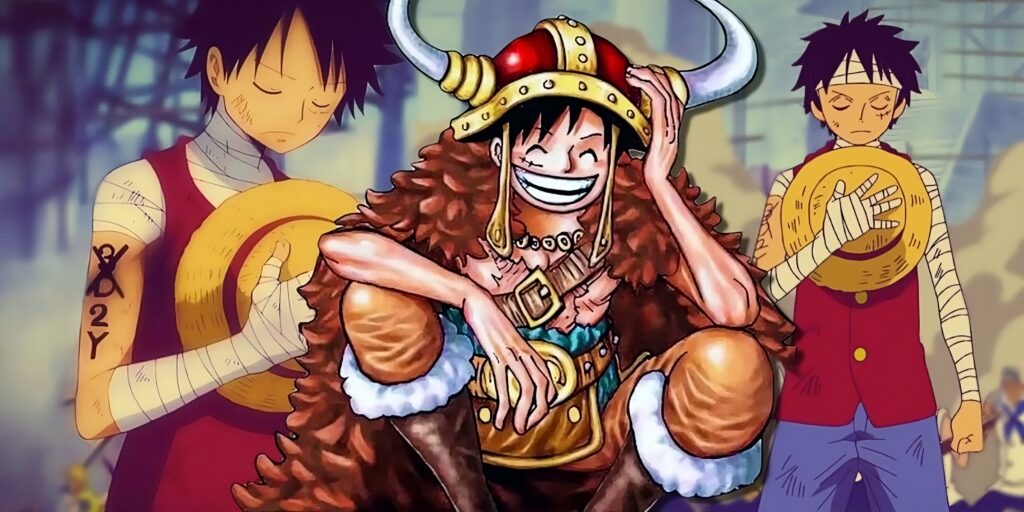
1. The Sun at the Center: Nika’s Light and the Return of Hope
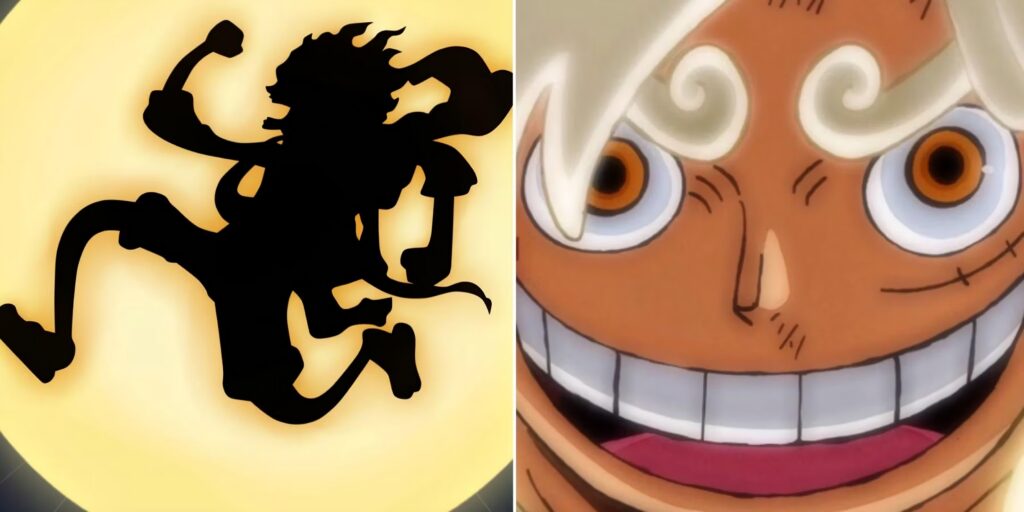
The central focus of the mural is a massive anthropomorphic Sun—a direct and unmistakable reference to Nika, the Sun God associated with freedom, joy, and liberation. Its rays, unfurled like outstretched arms, convey movement, vitality, and the timeless energy that bridges generations. The official colors amplify this symbolism, bathing the Sun in warm golden hues that echo the playfulness and raw power of Luffy’s Gear Fifth.
The Sun is not merely a divine figure. It symbolizes a guiding force—a returning beacon that emerges whenever the world falls into darkness. The inscription carved beside it speaks of a light that “will lead the world to its end and bring forth a new morning,” confirming that this entity influences history directly. It is not myth; it is a repeating phenomenon.
This makes the connection with Luffy inevitable. His awakening of Nika’s power isn’t a random twist—it is the fulfillment of a cycle that has been repeating for millennia. In the mural’s brightest section, the Sun doesn’t only honor a god of freedom; it celebrates the one chosen in the present era to inherit that will.
2. United Races: The Blueprint for the Final War
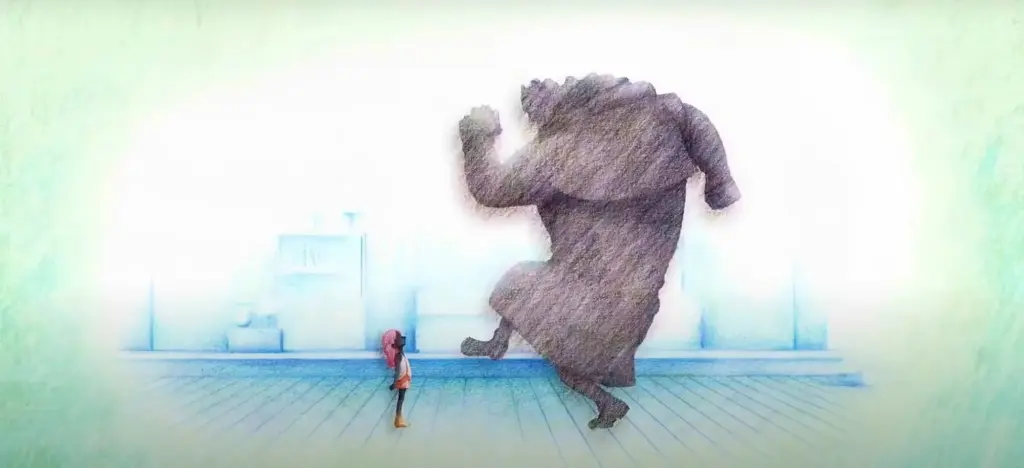
Beneath the radiant Sun, the mural depicts a scene that becomes even more striking in its full color: the diverse races of the One Piece world—Giants, Fish-Men, Mink, Humans, Winged Tribes, and ancient bloodlines—marching together as a unified army against a common threat.
What stands out is not merely their diversity, but their unity. They do not fight as scattered factions; they form a single force.
This powerful visual reflects Oda’s long-term narrative direction. The One Piece world is deeply fractured, shaped by prejudice, inequality, and oppressive power structures. Yet the mural reveals that in an older era—before corruption and division spread—these races fought side by side.
Franky comments that the mural looks like a “childish fantasy,” something impossible in today’s divided world. But the image proves that unity once existed—and therefore, it can exist again.
The message becomes unmistakable:
the final war will not be pirates versus the World Government,
but the rebirth of the ancient multi-racial army that once stood against the darkness.
And who better to lead such an alliance than Luffy, the one pirate capable of forging bonds across every culture and every sea?
3. The Shadowed Figure: The True Enemy Revealed

One of the most unsettling parts of the mural is the depiction of a massive, shadowy figure. Dark shades conceal its features, giving it no identity—no eyes, no face, no humanity. The colorization makes it even more ominous, transforming it from a person into a concept.
This detail is crucial:
the enemy of One Piece is not an individual—it is a system.
The figure represents the recurring darkness that has dominated the world in multiple eras. It incarnates the terror of the Void Century, the crimes of the ancient rulers, and the oppressive ideology sustaining the current World Government. Its facelessness tells us that evil evolves—it does not vanish, it simply takes new forms.
This symbolizes the core conflict of the entire series.
The darkness shown here is the force the D. clan resisted, the enemy Joy Boy once challenged, and the power the modern Government tries desperately to hide. Its presence in the mural signals that the final battle will not be personal or political—it will be cosmic, ideological, and mythic in scale.
This mural confirms that the climax of One Piece is about more than victory. It is about ending a cycle of oppression that has ruled the world for centuries.
4. Overlapping Eras: The Past, the Middle Age, and the Present

A careful look at the mural’s structure reveals three distinct layers, each highlighted by the official colors:
-
The lower portion—painted in earthy tones—depicts a distant, ancient past.
-
The middle section—darker and turbulent—symbolizes an era of conflict and corruption.
-
The upper layer—illuminated by the Sun—represents renewal and the present age.

This triptych visualizes the cyclical nature of the world’s history. Each era experiences unity, collapse, and eventual rebirth. Oda has hinted at this pattern many times, but the mural is its clearest confirmation.
The Sun’s position in the uppermost section reveals that the world currently stands at the end of its cycle. The light has returned—embodied by Luffy. He is not merely a main character; he is an event, a catalyst. The story has reached the phase where the light rises again to challenge the darkness.
The colorization particularly emphasizes the present era, using the brightest and most vibrant colors—as if Oda wants readers to understand that this is the age we are witnessing firsthand through the Straw Hats.
5. The Call of the D.: The Smile That Defies Darkness
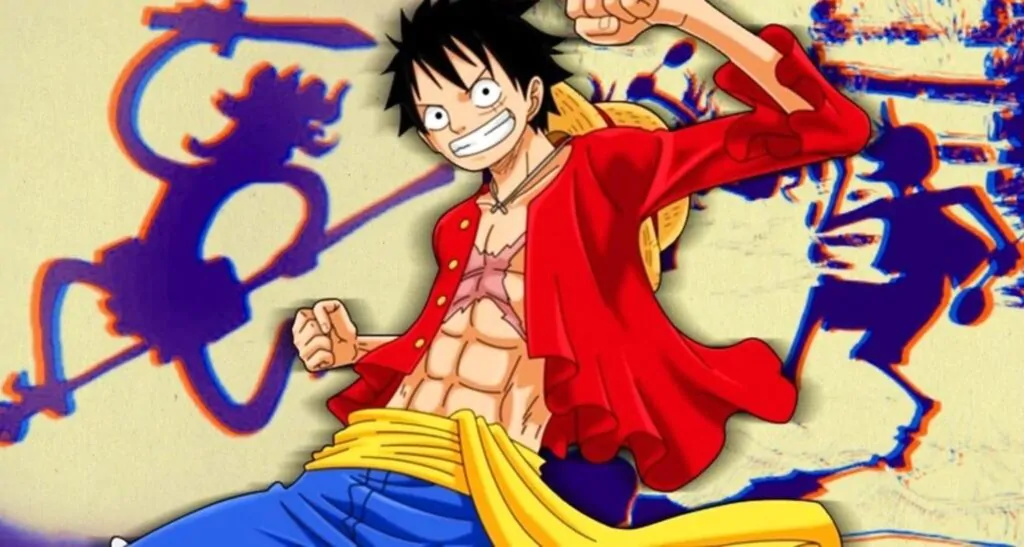
Scattered across the mural are stylized figures marked with wide, exaggerated smiles—resembling the familiar grin the carriers of the “D.” often display before death. With the official colors, these symbols stand out as unmistakable markers of lineage.
This detail confirms what fans have suspected for years:
the “D.” is not a metaphor—it is the remnant of an ancient family, a forgotten people who opposed the darkness with their very will.
The mural reveals the legacy that preceded Luffy. It speaks of a clan whose laughter challenged tyranny, whose hope survived through ages, and whose will continues to echo through their descendants. Luffy isn’t simply a lucky pirate—he is the rightful heir to a millennia-old purpose.
The mural validates the theory that the “Will of D.” is central to the fate of the world. And now, with colors enhancing every symbol, the legacy finally shines with clarity.
The Elbaf Mural: The Compass of One Piece’s Final Chapter
The official colorization of the Elbaf mural is not just an aesthetic update—it is a narrative declaration. Everything Oda has built over decades converges here into a single, cohesive map.
-
The Sun marks the heir of freedom.
-
The united races foreshadow the coming all-out war.
-
The shadowed figure embodies the eternal, institutional enemy.
-
The layered eras illustrate the world’s endless cycle of collapse and rebirth.
-
The smiling figures evoke the ancient will of the D. that returns once more.
The ending of One Piece is no longer a distant mystery—it is now a visible horizon. The world stands on the brink of its final dawn. Luffy will ignite the spark, the nations will unite, the truth will surface, and the ancient darkness that has ruled for centuries will finally face the returning light.
The Elbaf mural is not a clue—it is the heartbeat of the entire story.
And for the first time, we can witness that heartbeat shining in color.
Elbaf Mural Symbolism: One Piece’s Final Revelation. Elbaf Mural Symbolism: One Piece’s Final Revelation. Elbaf Mural Symbolism: One Piece’s Final Revelation. Elbaf Mural Symbolism: One Piece’s Final Revelation. Elbaf Mural Symbolism: One Piece’s Final Revelation. Elbaf Mural Symbolism: One Piece’s Final Revelation. Elbaf Mural Symbolism: One Piece’s Final Revelation. Elbaf Mural Symbolism: One Piece’s Final Revelation. Elbaf Mural Symbolism: One Piece’s Final Revelation. Elbaf Mural Symbolism: One Piece’s Final Revelation. Elbaf Mural Symbolism: One Piece’s Final Revelation. Elbaf Mural Symbolism: One Piece’s Final Revelation. Elbaf Mural Symbolism: One Piece’s Final Revelation. Elbaf Mural Symbolism: One Piece’s Final Revelation. Elbaf Mural Symbolism: One Piece’s Final Revelation.



